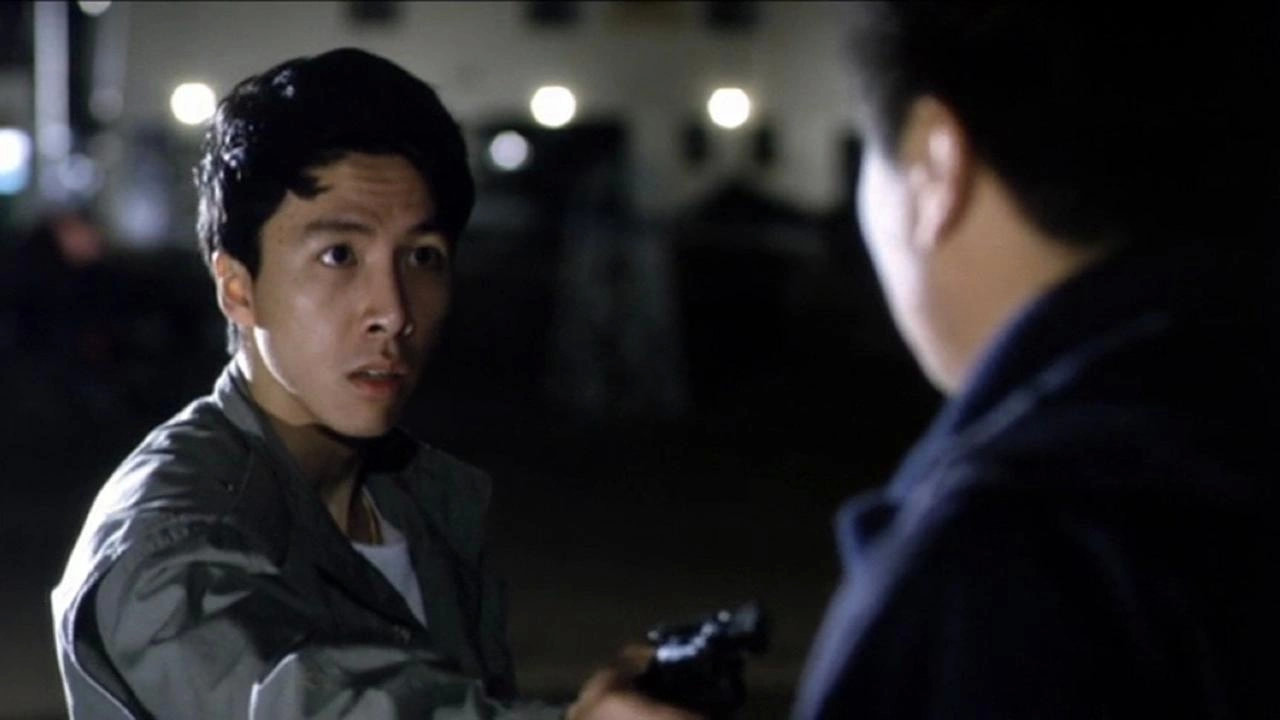|
The opening sequence of Tiger Cage is one of Yuen Woo-ping's greatest feats as a director. A prolonged opening chase sequence featuring kinetic action, exhilarating fight choreography, and breathtaking stunt work. The action is as clean and visceral as one would expect, but how Woo-ping uses space beyond merely staging wonderful fight sequences is what stood out for me. The schematics of the urban arena designed for the flow of bodies are accentuated. Staircases, urban walkways, and rooftops are all agile ways in which these characters traverse the urban arena. Bodies flow from space to space, and the general formal style and cinematic grammar reach toward a familiar feeling of urban abstraction. From this exhilarating opening sequence of gunplay and fluid fight choreography, the film slows down a bit, taking on a gritty police procedural framework that retains a mean streak from start to finish. Tiger Cage is one of those Hong Kong films in which one realizes quickly the heroes of this story are not beyond approach. Many of the good guys will die at the hands of the bad guys. Corruption exposes how the moral code of an individual always supersedes socially constructed codes of behavior like legality, and Tiger Cage provides an exhilarating tableau of alternating allegiances. A violent corrupt cop crime story that leans into the macabre and brutality, Tiger Cage is cynical but I wouldn't call it outright nihilistic, in the denouement good triumphs and morality and legal justice align and prevail.
0 Comments
Leave a Reply. |
AuthorLove of all things cinema brought me here. Archives
June 2023
|

 RSS Feed
RSS Feed
